Ladi Kwali is a woman who has moulded her name deep into the Sands of time as one of the greatest Nigerian potters. A woman from a long line of potters, Ladi Kwali has indeed carved her name in gold as probably the greatest female potter that Nigeria has ever known and one of the female heroes who helped shape Nigeria.
Birth and Early Life
Ladi Kwali was born in 1925, in a small village called Kwali, a village predominated by the Gbagyi tribe (Gwari) located in current-day Abuja where it has widened and massively expanded. Though mostly identified as Gwari by locals of the surrounding region, Ladi was Gbagyi by tribe, the tradition that influenced her deeply in her arts. Ladi took the name of her village, which is how she became known as the Ladi Kwali.
In Ladi’s village, one of the known popular occupations of women was pottery and she was born to a long line family of potters. She was taught this art by her aunt when she was only a child, using a traditional procedure known as the Gwarin Yamma coiling and pinching method. In quite a short time, Ladi Kwali began making different kinds of pots such as the large pots used as water jars and cooking pots, made bowls and others.
Ladi Kwali’s Education
Ladi Kwali isn’t known to have received any form of formal education whilst she was growing up, but she was so good in her pottery that her brother said; “even in the early years of pottery making, Ladi Kwali excelled in the crafts and her wares were often sold even before they were taken to the markets”.
It was during this time that Michael Cardew, a man appointed by the British colonial government as pottery officer to the Department of Commerce and Industry in 1951 first saw Ladi’s work in the Emir of Abuja’s house, Alhaji Suleiman Barau, he was so impressed that he made plans to mee her.
Mr Cardew went on to establish a pottery training centre in Abuja (now Suleja), in April of 1952. In 1954, Ladi joined the centre as the first female potter of the institution where she learned the art of wheel throwing, glazing, kiln firing, production of saggars, and the use of slip. Within a short period of time, Ladi Kwali took up the position of instructor.
She was good at making designs with sgraffito decoration, for which made bowls. This involved dipping vessels in red or white slip and using a quill from porcupines to scratch the decoration through the slip to the underlying body. At the start of her professional career, her cultural background and immediate environment influenced her art which made her create pottery pieces of Gbagyi connotations as well as displayed with personal idioms.
There was an obvious display of symmetrical finishing in her works that is said to have highlighted a form of mathematical undertone. With the role of instructor, by the time Mr Michael Cardew left the training centre, there were four new females that enrolled in the centre to learn pottery.
Despite being known to have no form of formal education before joining the training centre, Ladi Kwali was appointed to be a resource person of the Abuja Pottery Training Centre; Ahmadu Bello University, Zaria, Kaduna State; and has demonstrated her skills and prowess in some institutions in Europe and America.
Ladi Kwali’s Achievements, Awards, and Legacy
Ladi Kwali has achieved so much during her life, and as a result, has received several awards. Amongst the many awards she received are; In 1977, Ahmadu Bello University Zaria awarded her an honorary doctorate degree. In 1980, she received the highest national honour for academic achievement by the Nigerian Government, the Nigerian National Order of Merit Award (NNOM). Ladi was equally awarded the national honour of the Officer of the Order of the Niger (OON) in 1981.
Ladi Kwali’s designs which included pots and others have been featured in international exhibitions of Abuja pottery in 1958, 1959, and 1962, in which the founder of the Abuja pottery training Center Mr Michael Cardew organized. In 1961, she did a live demonstration at the Royal College, Farnham, and Wenford Bridge in Great Britain. In 1972, she toured America with Cardew.

Ladi Kwali’s has toured multiple countries in the West and her works can be seen all over the world, such as Smithsonian National Museum of African Art, USA, Victoria and Albert Museum, and Aberystwyth University Ceramics Gallery, United Kingdom.
Her work has equally shown to great acclaim in London during Nigeria’s independence celebration in October 1960, as well as early in the ’50s, Ladi’s works were in an exhibition at the Berkeley Galleries, London.
In 1963, she was awarded Member of the Order of the British Empire, MBE. That same year, at the 10th International Exhibition for Ceramic Art at the Smithsonian Institute, Washington, she received a Silver Award for Excellence.
The same year she received an honorary PhD from Ahmadu Bello University, was the same year her picture was printed at the back of the Nigerian N20 Naira bill.

She has a major street named after her in Abuja and Niger state, in recognition for her services, the roads are called Ladi Kwali Road.
One of the biggest convention centres in Abuja, located in the five-star hotel Sheraton holds acclaim to the Ladi Kwali Convention Center. In the early 1980s, the Abuja Pottery Training Centre was renamed The Ladi Kwali Pottery Centre.
Ladi Kwali’s Death
Ladi Kwali died in Minna, Niger state, on 12th August 1984 from natural causes. She was buried there.

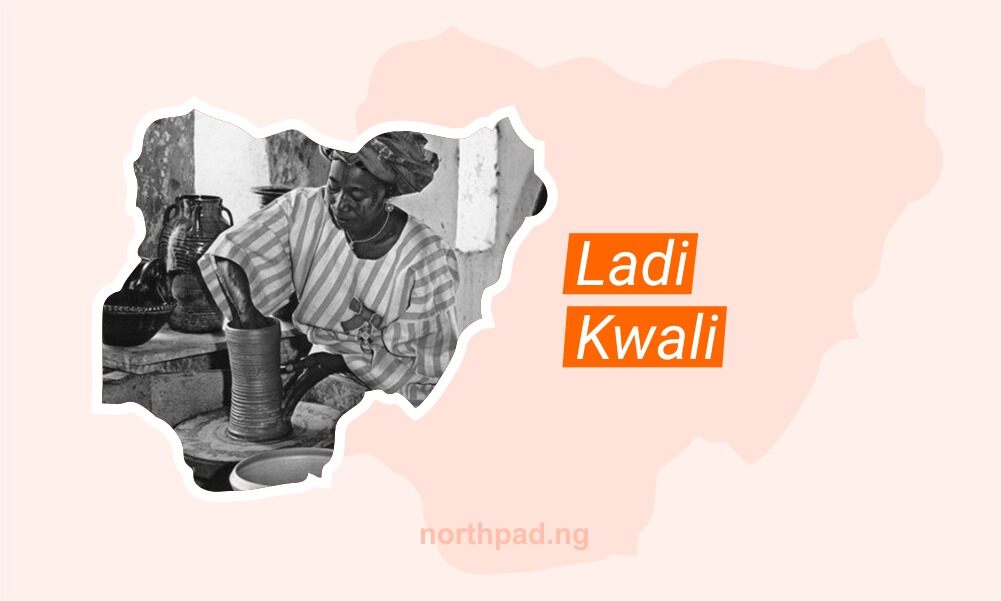


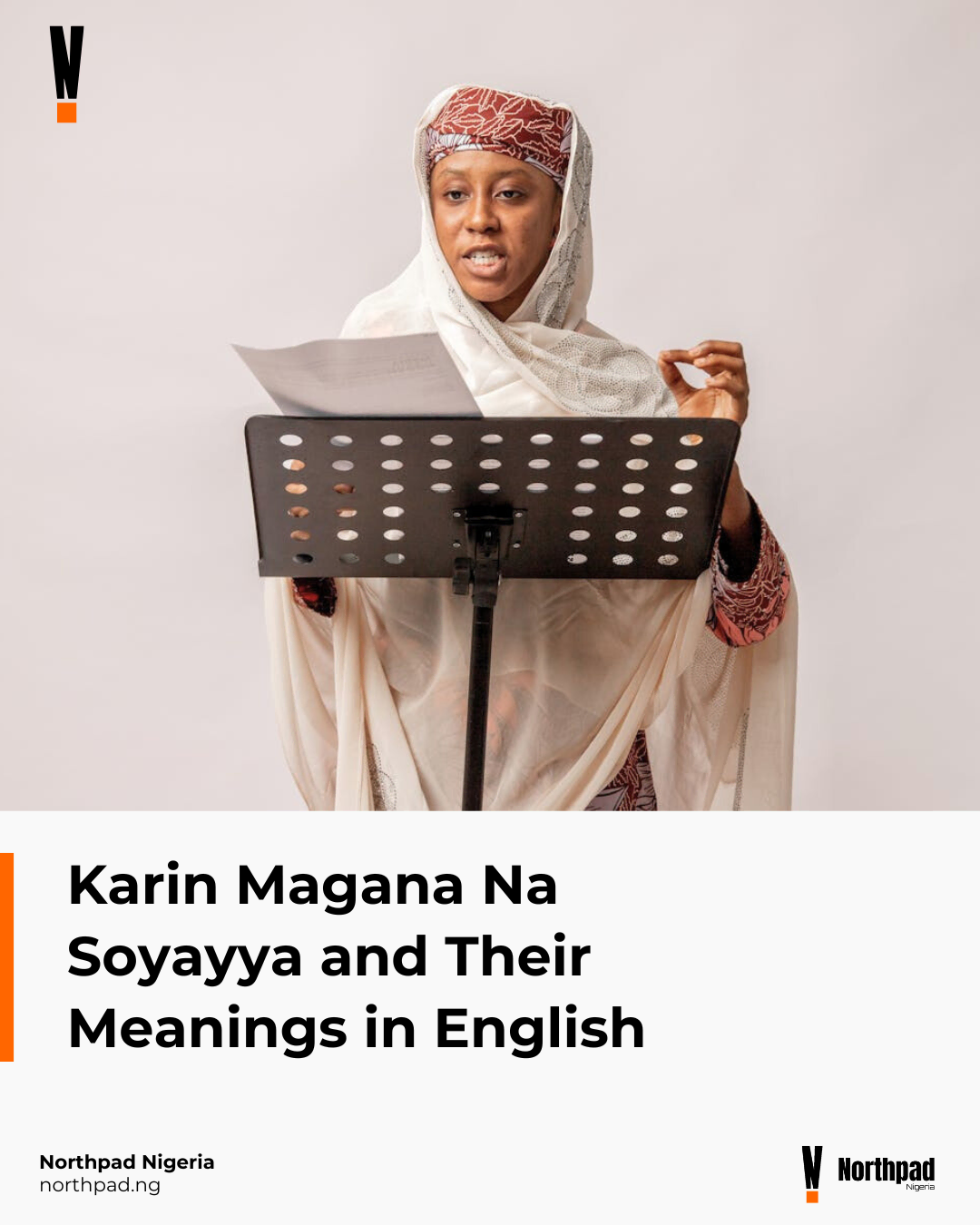
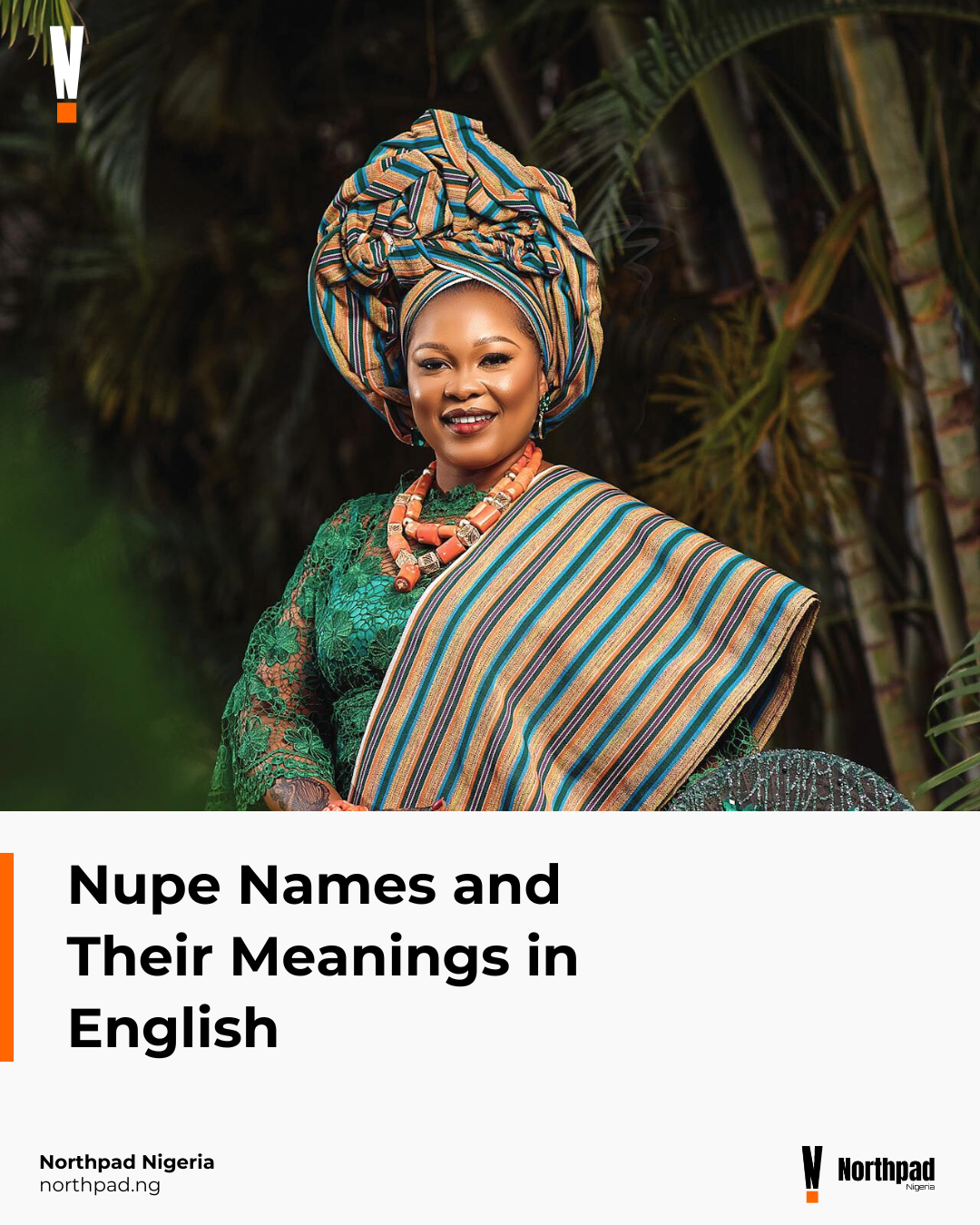
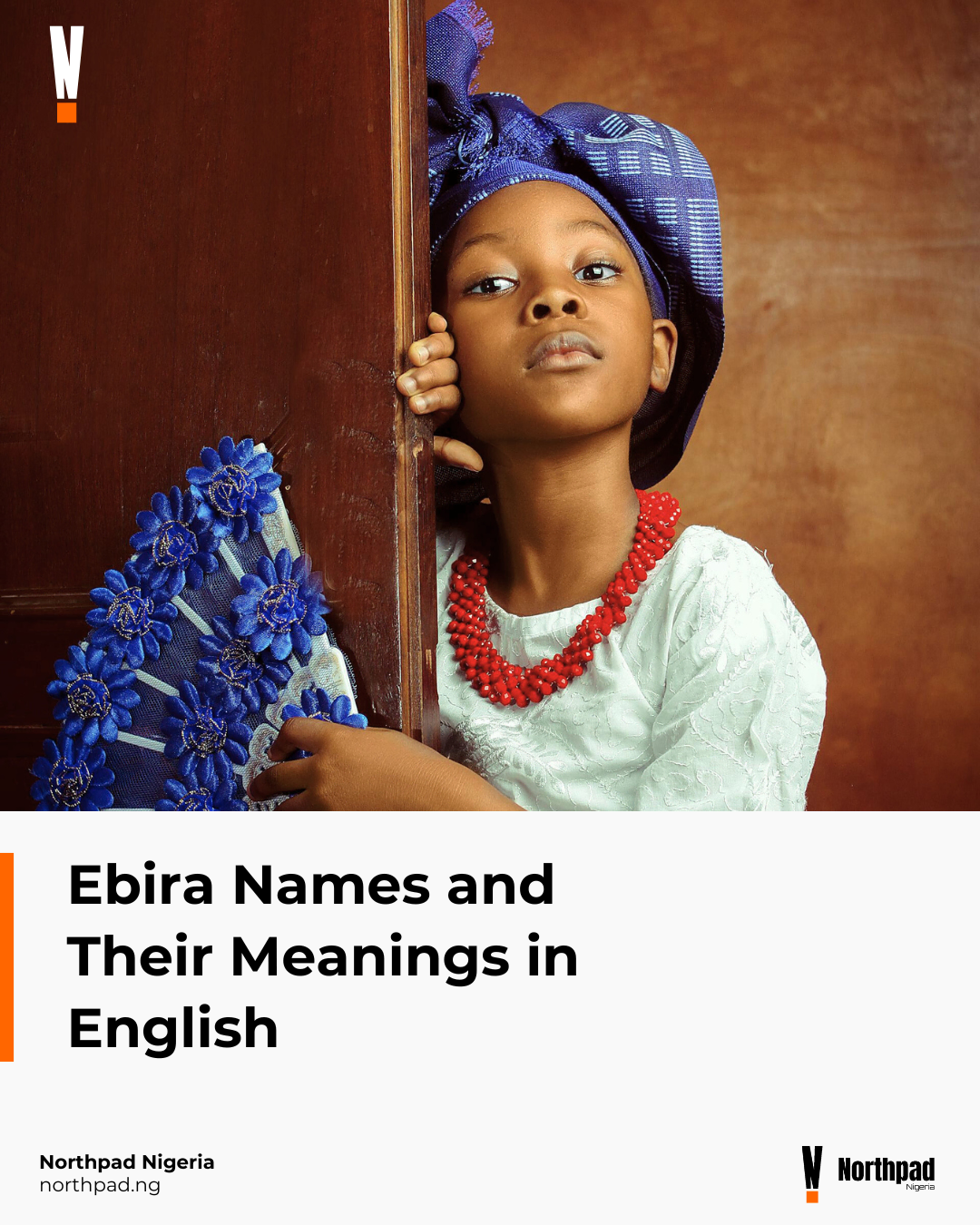
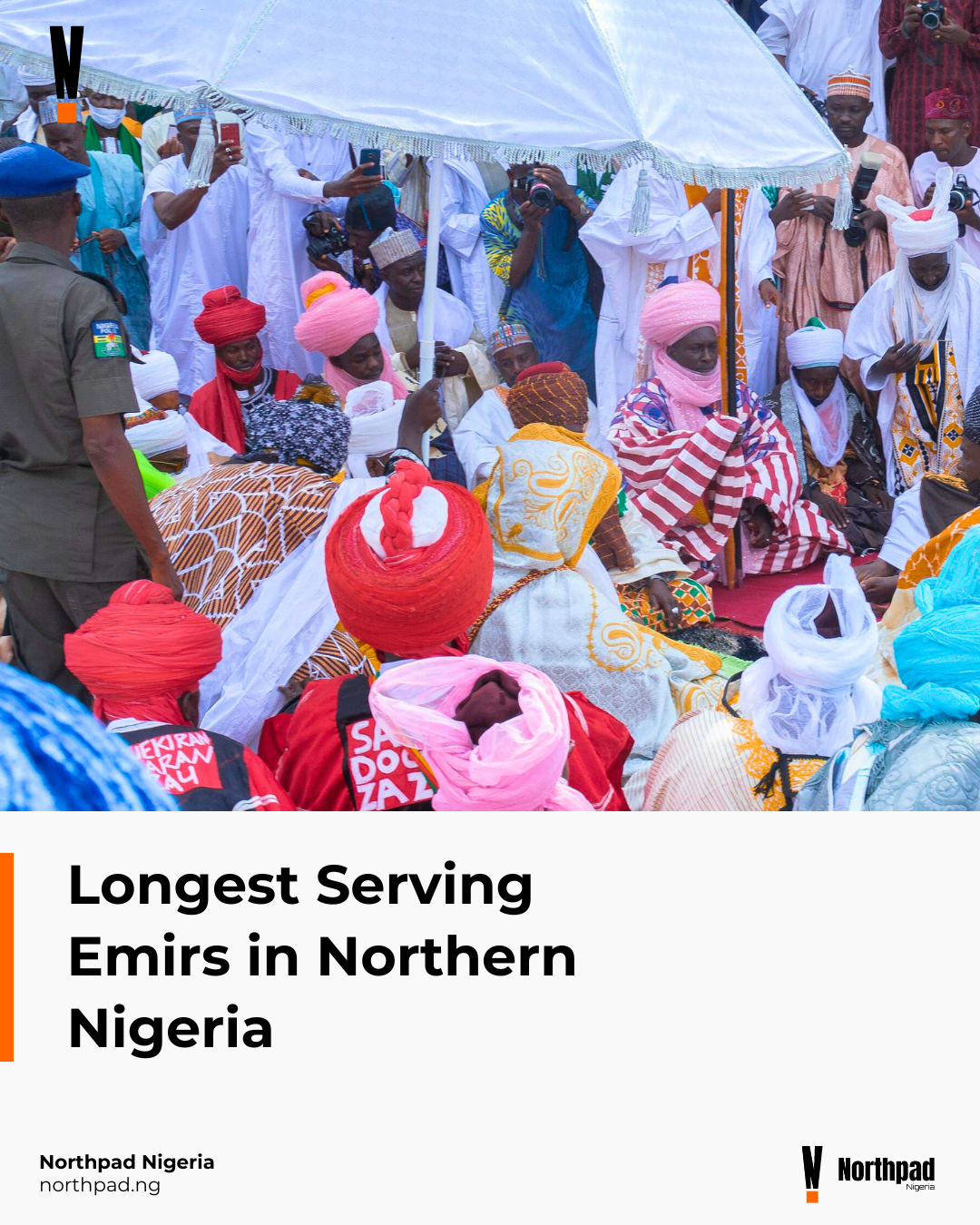


0 Comments